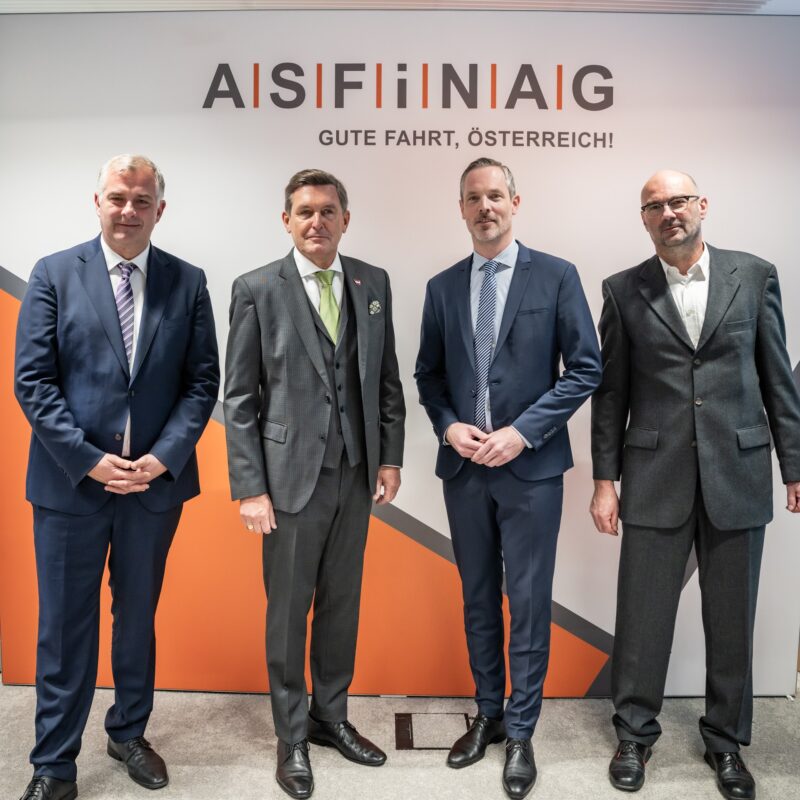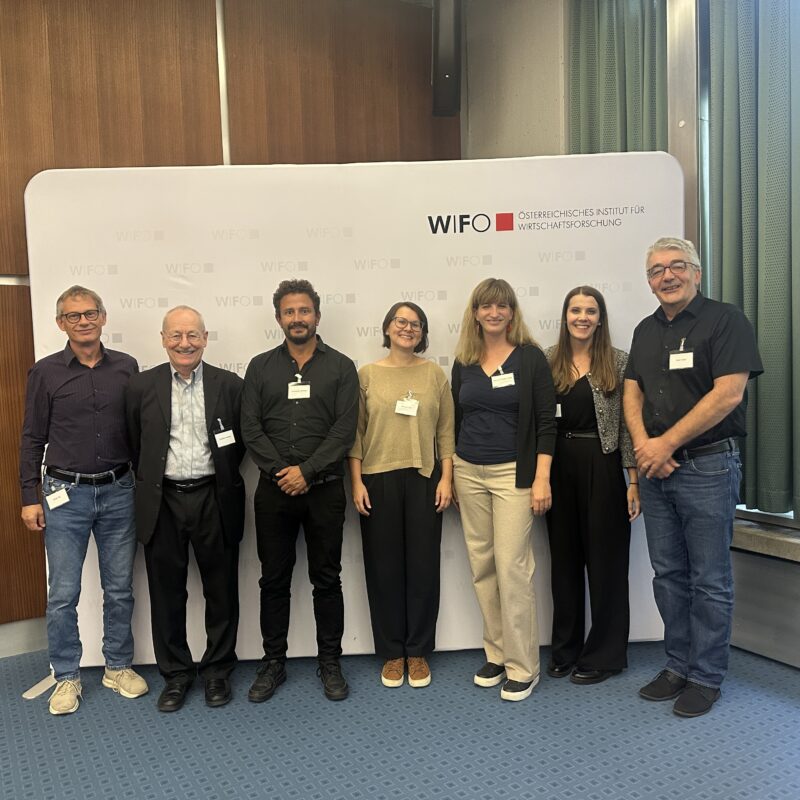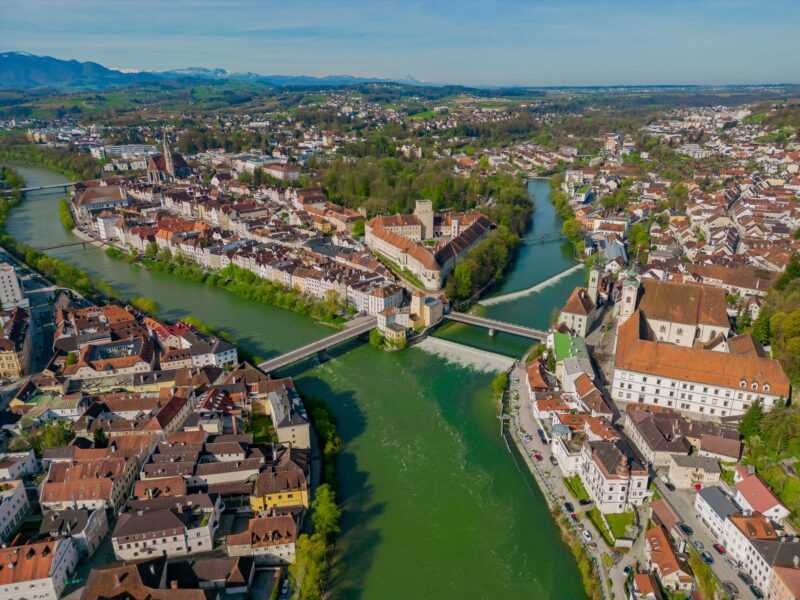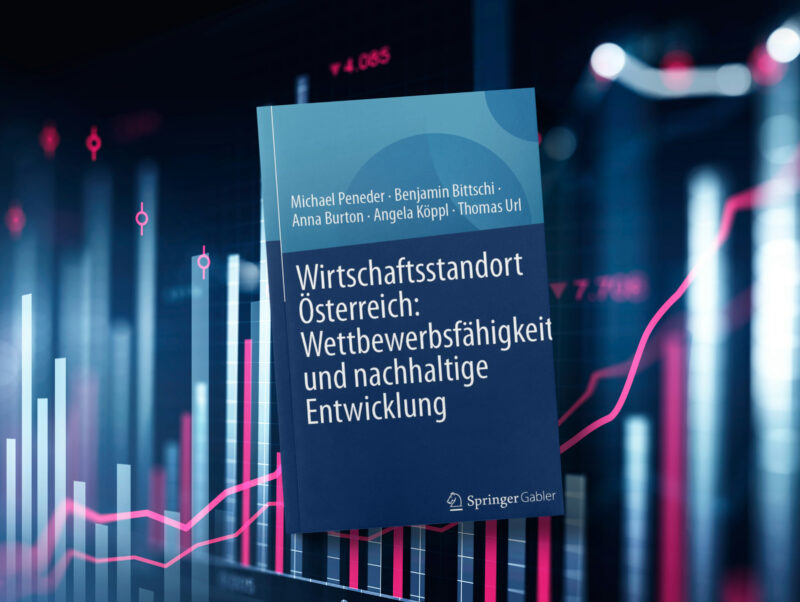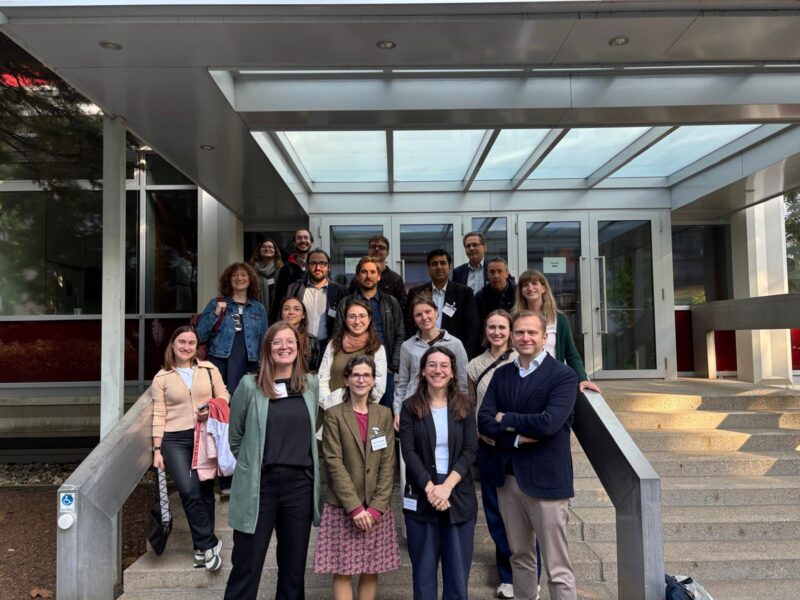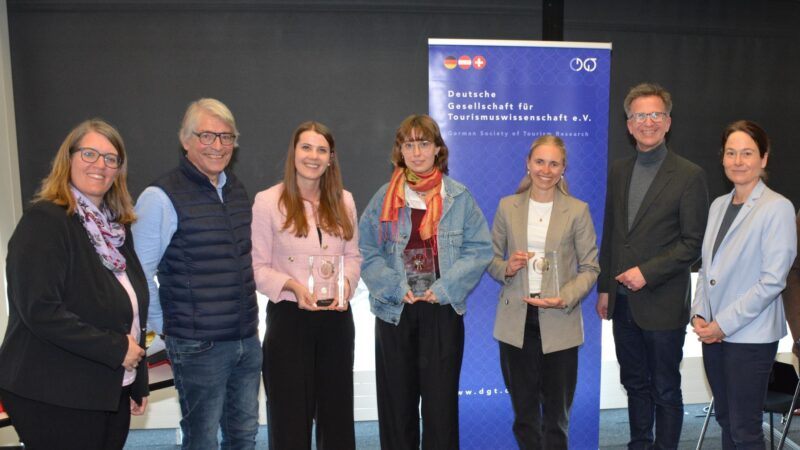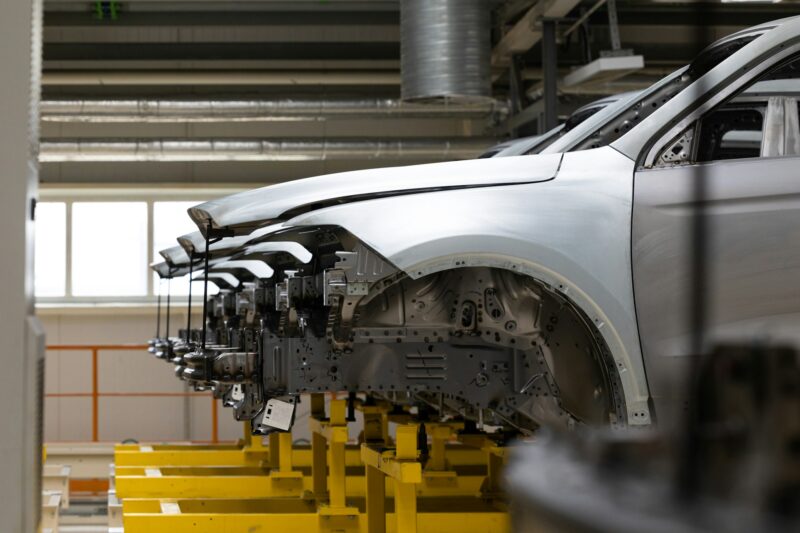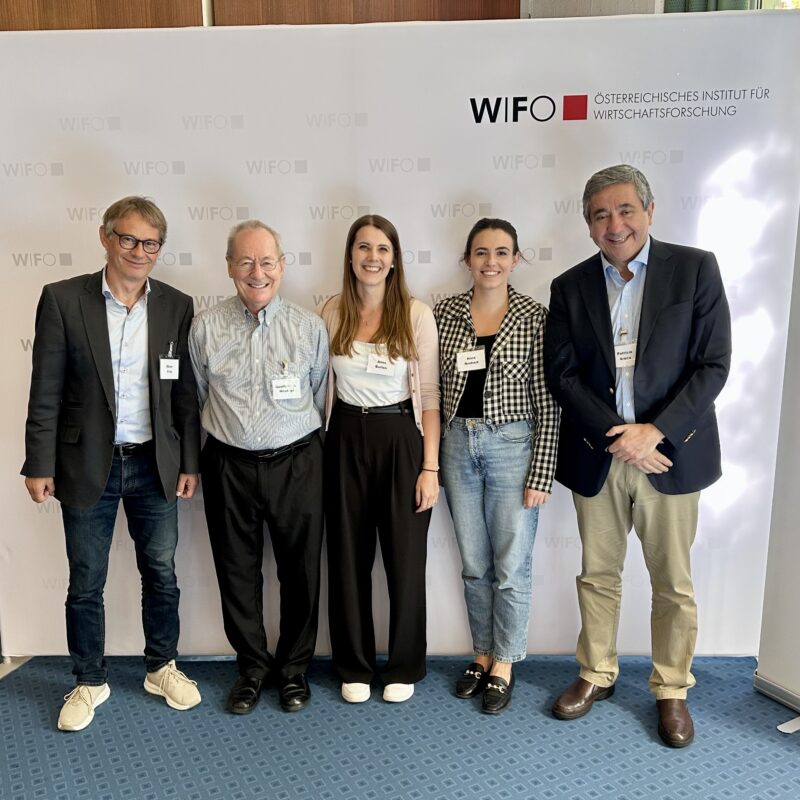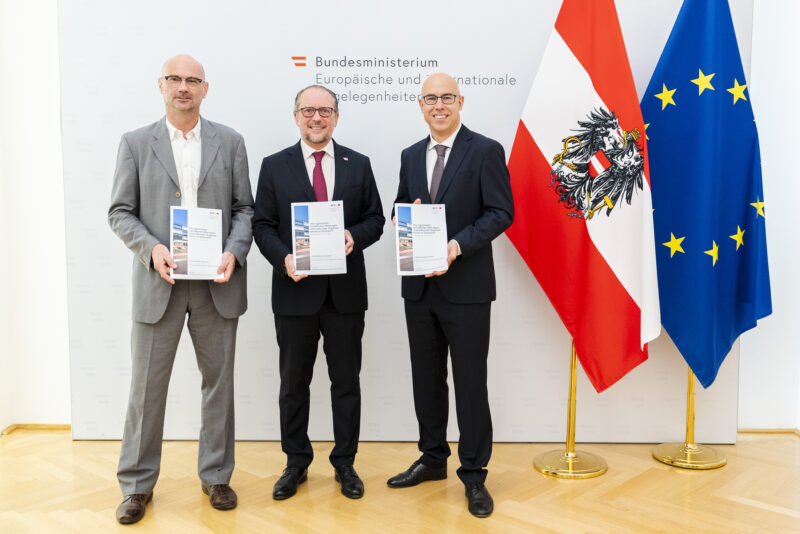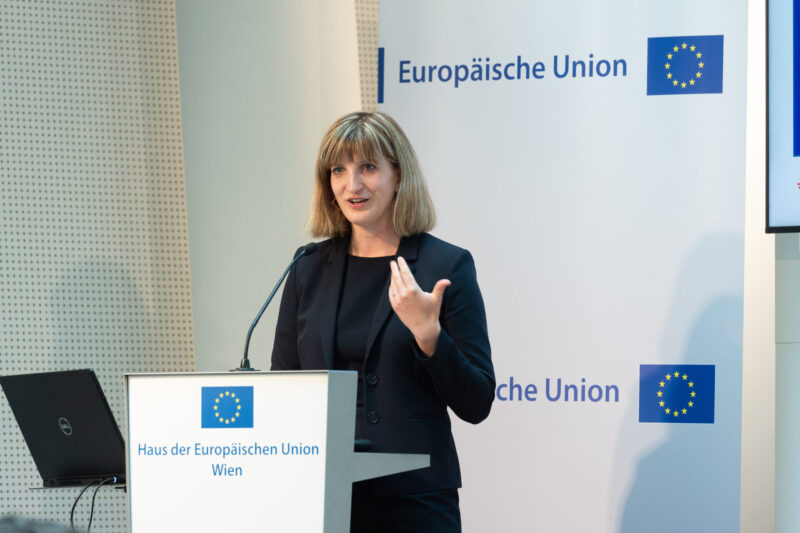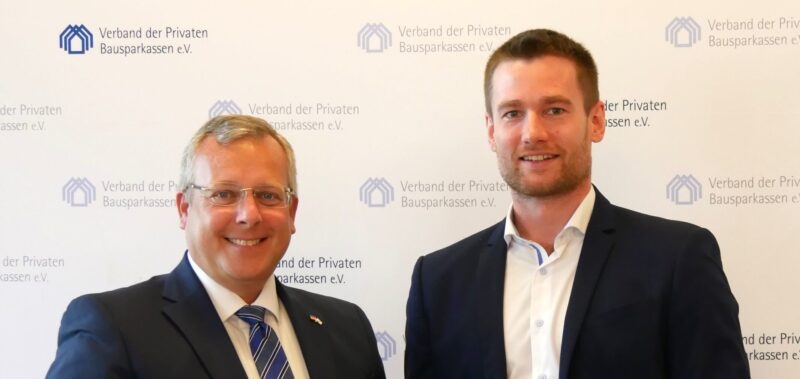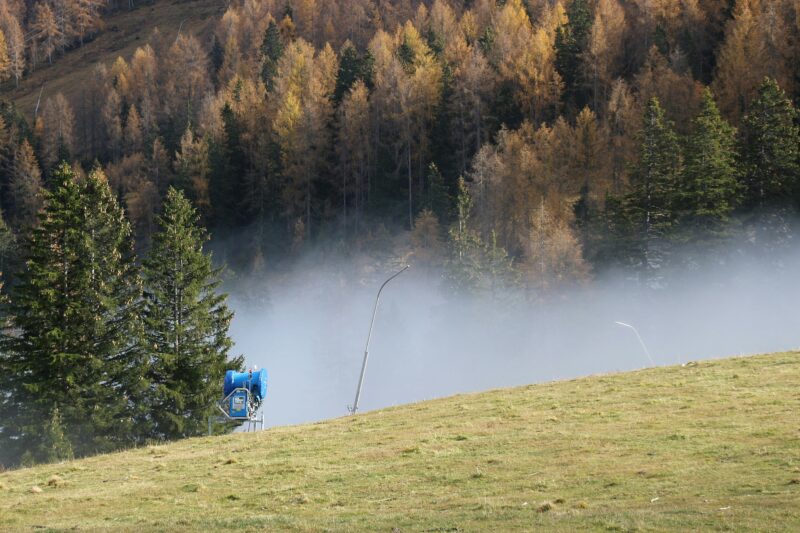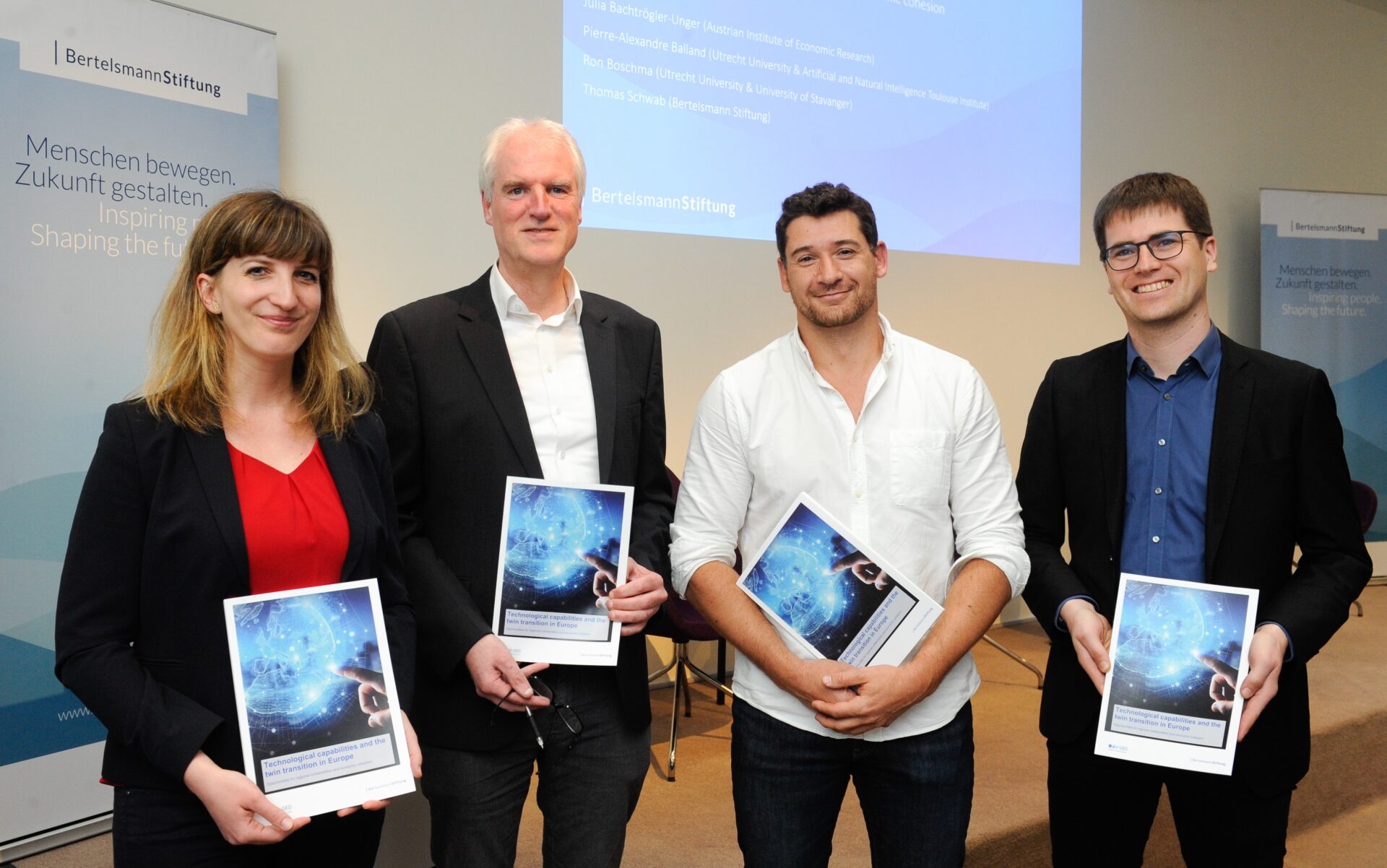
Europe's Regions Have More Potential
Between 2017 and 2021, the European regions with the highest levels of economic development produced 80 percent of patents in green and digital technologies. Thus, richer regions have more potential for the development of future technologies – and thus more opportunities for economic development.
In order to make better use of the strengths and opportunities of the different regions and to counteract a growing gap between the European regions through the twin transition, an overview of the existing capabilities and potentials is needed.
Together with Pierre-Alexandre Balland (University of Utrecht, Artificial and Natural Intelligence Toulouse Institute), Ron Boschma (University of Utrecht, University of Stavanger) and Thomas Schwab (Bertelsmann Stiftung), WIFO economist Julia Bachtrögler-Unger is investigating the technological profile of 288 European regions and, on the basis of this, the potential of different regions for the development of 42 technologies that are required to cope with the green and digital transformation. The study was recently presented in Brussels.
Austria could also benefit from international cooperation
According to the patent statistics 2017-2021, Carinthia is currently specialised in the development of digital technologies, Burgenland and Lower Austria show a specialisation in green technologies compared to the European average. On the basis of its patent activity to date, Vienna, for example, shows a noticeable potential in the field of artificial intelligence, which could be raised, among other things, through cooperation with the "optimal" partner regions in nearby EU countries.
There is often cooperation across regional borders in the development of green and digital technologies. However, this cooperation often ends at the borders of the EU member countries. As a result, much of the potential for the development of future technologies is lost. In many cases, complementary technological capabilities are not linked, as the study shows. This not only slows down the twin transition, but also worsens Europe's position in global competition.
The development of new technologies is also an opportunity for internal cohesion in Europe: there is an opportunity for cooperation between patent-rich and patent-poor regions that are already developing complementary technologies.
The potential that arises from cross-border technology cooperation can be used both to accelerate the twin transition and to strengthen European cohesion. "In order to promote European cooperation between regions, policy should aim to provide targeted support to regions, promote research capacity building and reduce institutional barriers", the study authors say. "This can help to fully exploit the technological potential of regions and ensure the mobility of resources necessary for the development of future technologies."
Publications
- Julia Bachtrögler-Unger (WIFO)
- Pierre-Alexandre Balland
- Ron Boschma (Utrecht University)
- Thomas Schwab (Bertelsmann Stiftung Gütersloh)
Please contact



